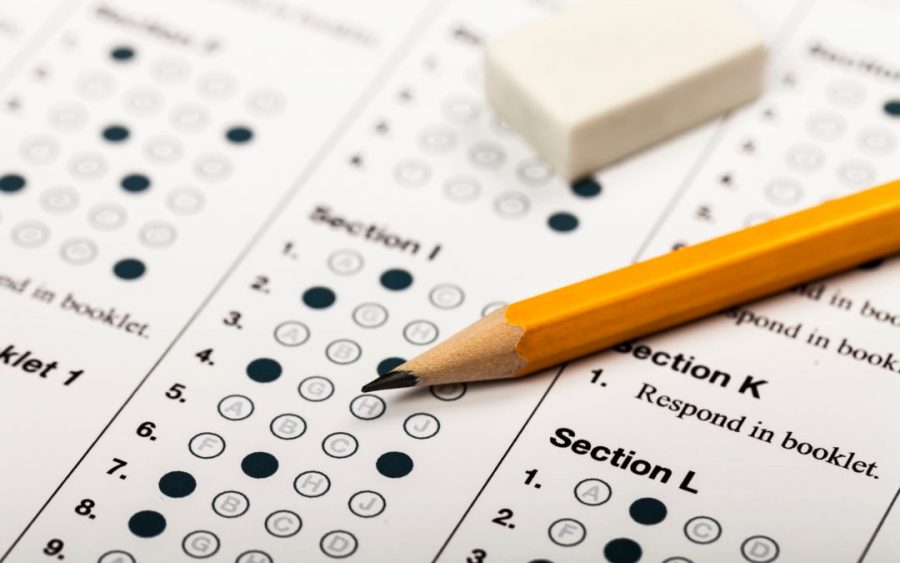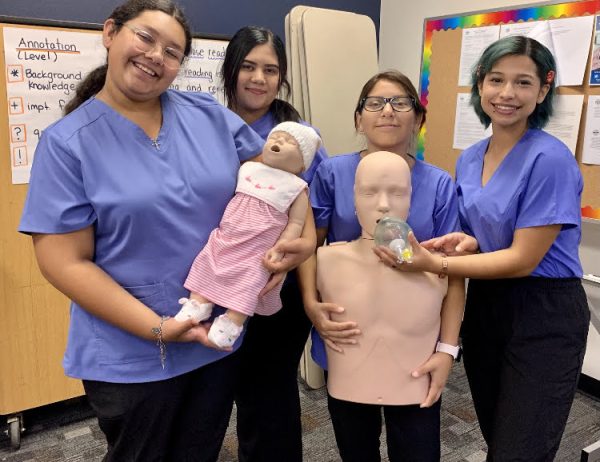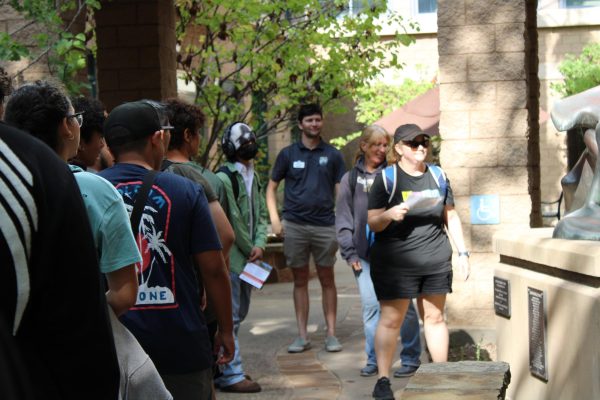How to ace your PSAT
Testing tips for those looking to do well on their PSAT, and other important future exams
The PSAT is an important test on the path to college admission. It provides freshmen and sophomore students an opportunity to prepare for the SAT in their junior and senior years.
On Wednesday, October 12th, all of CHS’s 9th and 10th graders are taking the PSAT to prepare them for the all-important SAT during their junior year.
The Scholastic Aptitude Test (SAT) shows colleges students’ understanding of math, reading, writing, and language. The PSAT simply just means “Practice” SAT, so this test does not count towards anything other than seeing how well you do in a formal exam setting.
However, doing well on the PSAT is a strong indicator for college admission, and quality scores create opportunities for scholarships. Since many colleges still require the SAT for acceptance, it is important to take the PSAT seriously.
To help our underclassmen do their best, here are five tips to help them succeed on the PSAT.
Practice Self-Care
Taking important exams are, well, important. You need to be at the top of your game when taking exams so that you’re truly showing all that you know on the exam.
Get good quality sleep, eat a full and hearty breakfast, give yourself a positive pep talk, and relax the day before—no cramming at the last minute.
Making sure you’re well rested and full of energy for the exam will be one of your biggest weapons tackling any kind of exam.
Guess
The PSAT/SAT’s grading rubric has the quirk of holding no penalties towards test takers scores for guessing on questions. All questions on the PSAT are multiple choice.
The way your score increases is by getting questions correct, but your score doesn’t decrease based on the number wrong.
Try your best to answer the questions for which you know the answers first, then move on to the more challenging questions.
When in doubt, or if you’re running out of time to read through every question, just guess and hope for the best.
Time Manage
The PSAT is a timed test with a set number of questions for each section. Unfortunately, time is not very plentiful, so speed matters. Some portions will have more questions than minutes allotted in a section.
The solution to this is to manage time wisely. The test’s structure looks like this:
1. Reading Test: 60 minutes, 47 questions
2. Writing and Language Test: 35 minutes, 44 questions
3. Math Test (No Calculator): 25 minutes, 17 questions
4. Math Test (Calculator): 45 minutes, 31 questions
Don’t spend too much time on each question or reading passages deeply. Skim, and answer quickly with your best answer. Don’t stress about getting everything correct.
Study (Of course)
Although it may seem obvious, studying for the PSAT will be the biggest thing that’ll improve your test scores. As shown in the previous tip, the PSAT tests you on topics that are already taught to you at school in your main core classes.
However, your everyday classes do not specifically cover what’s on the test. Using resources you find online, or in person from your teachers to help you study will be instrumental to your success.
Also, consider taking practice tests, ask your teachers for resources, study topics you struggle with, find your strengths and weaknesses, and set goals aiming for personal improvement.
Be Familiar With Your Tools
When taking the PSAT/SAT, or pretty much any standardized academic exam, you will be limited to using only what the proctors provide you, or indicate you can use on the test.
For example, you’ll only be allowed to use No. 2 pencils. Calculators are only allowed on one specific section of the test. You won’t be able to have any electronics, or access to your backpack.
Your tools may seem limited, until you know how to use them. Especially your calculator.
Take time before any exam to understand how to use your tools effectively and efficiently, and ace that exam.
Recently, the CHS Publications Department experienced a major theft as over $20,000 in photography equipment was stolen from our studio over Spring Break. This included all cameras. Any amount you donate will help rebuild our program. Thank you!

Erin Dallatorre has finally hit her senior year at Colton High School. After three long years of writing for the Pepper Bough and winning Journalist...
















